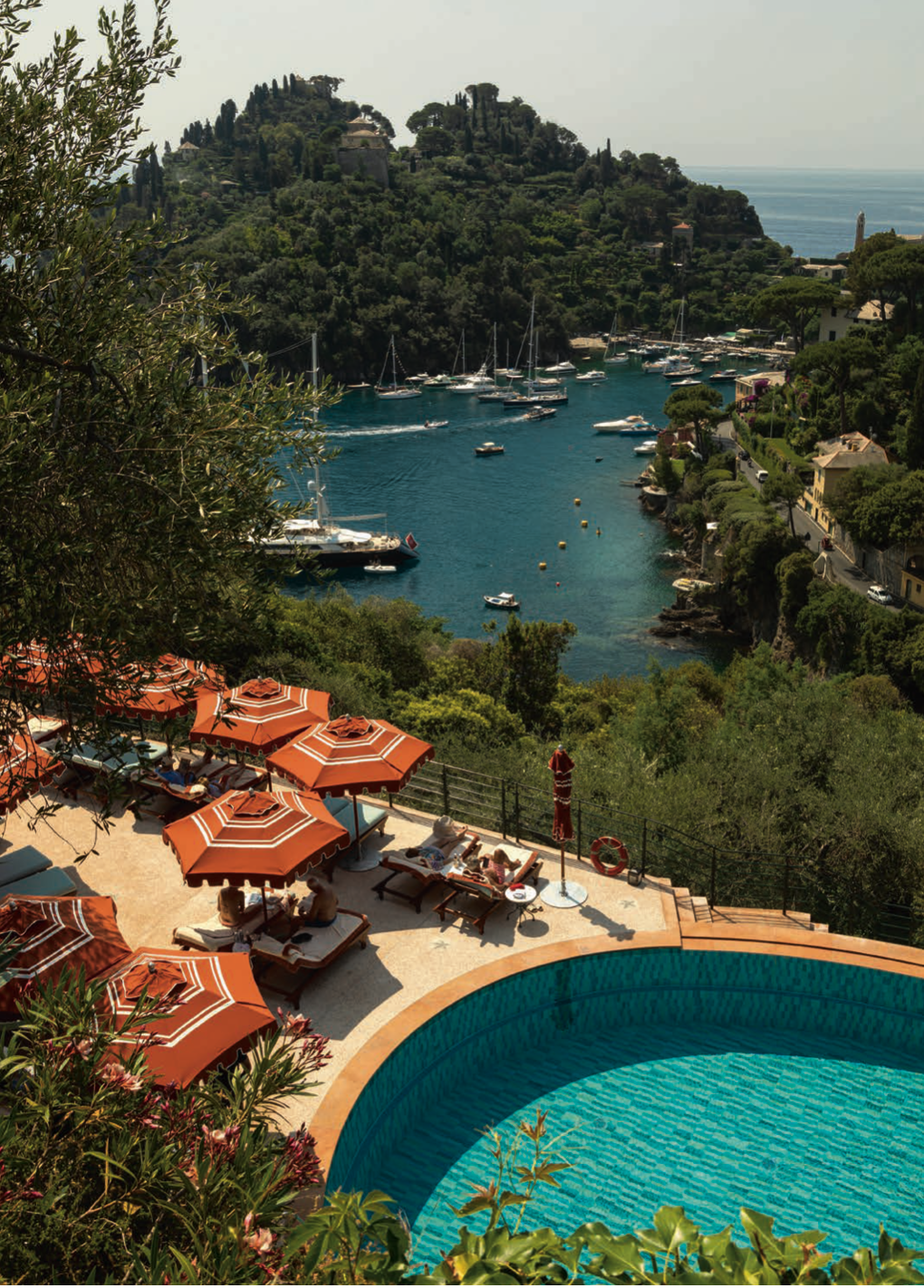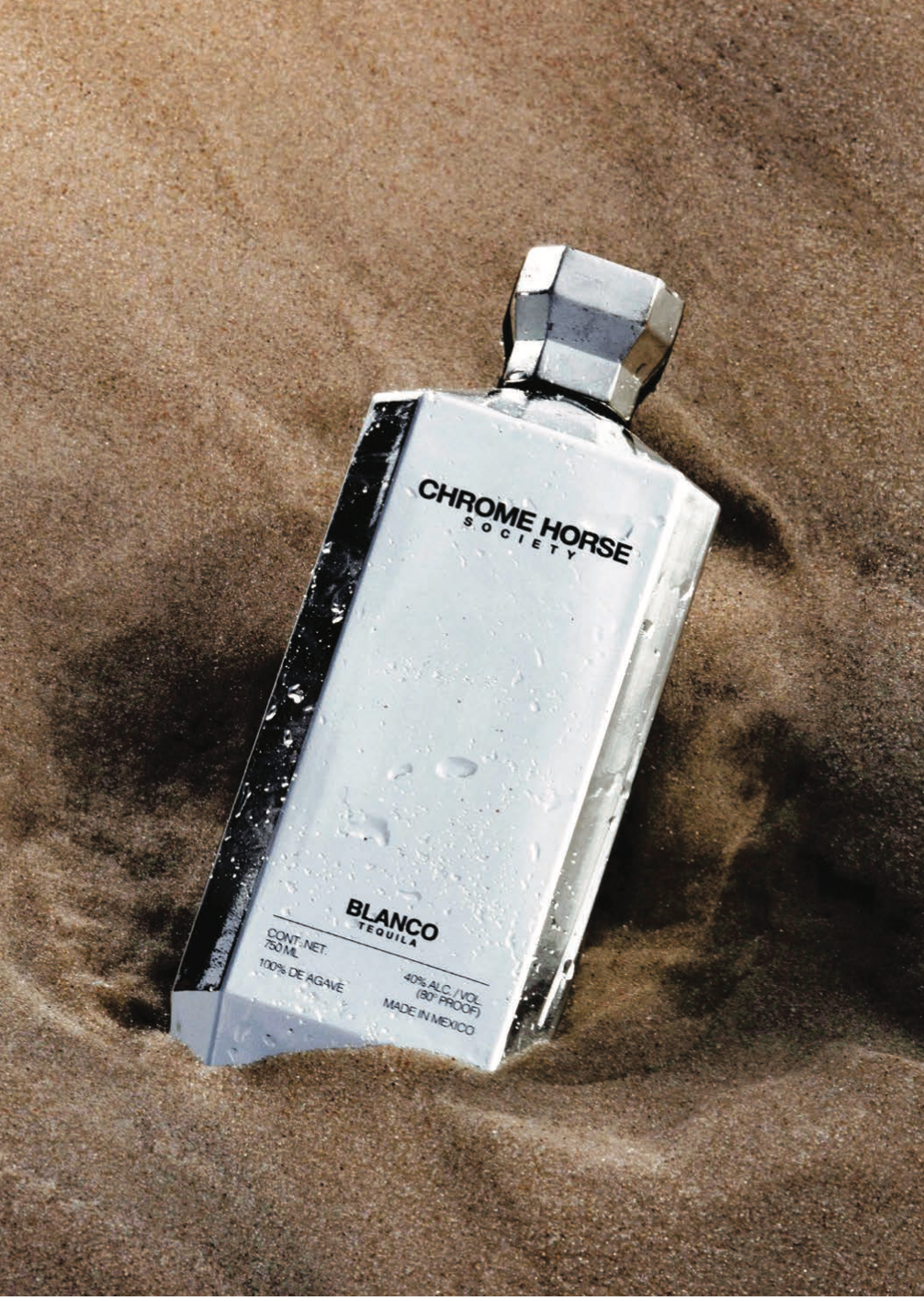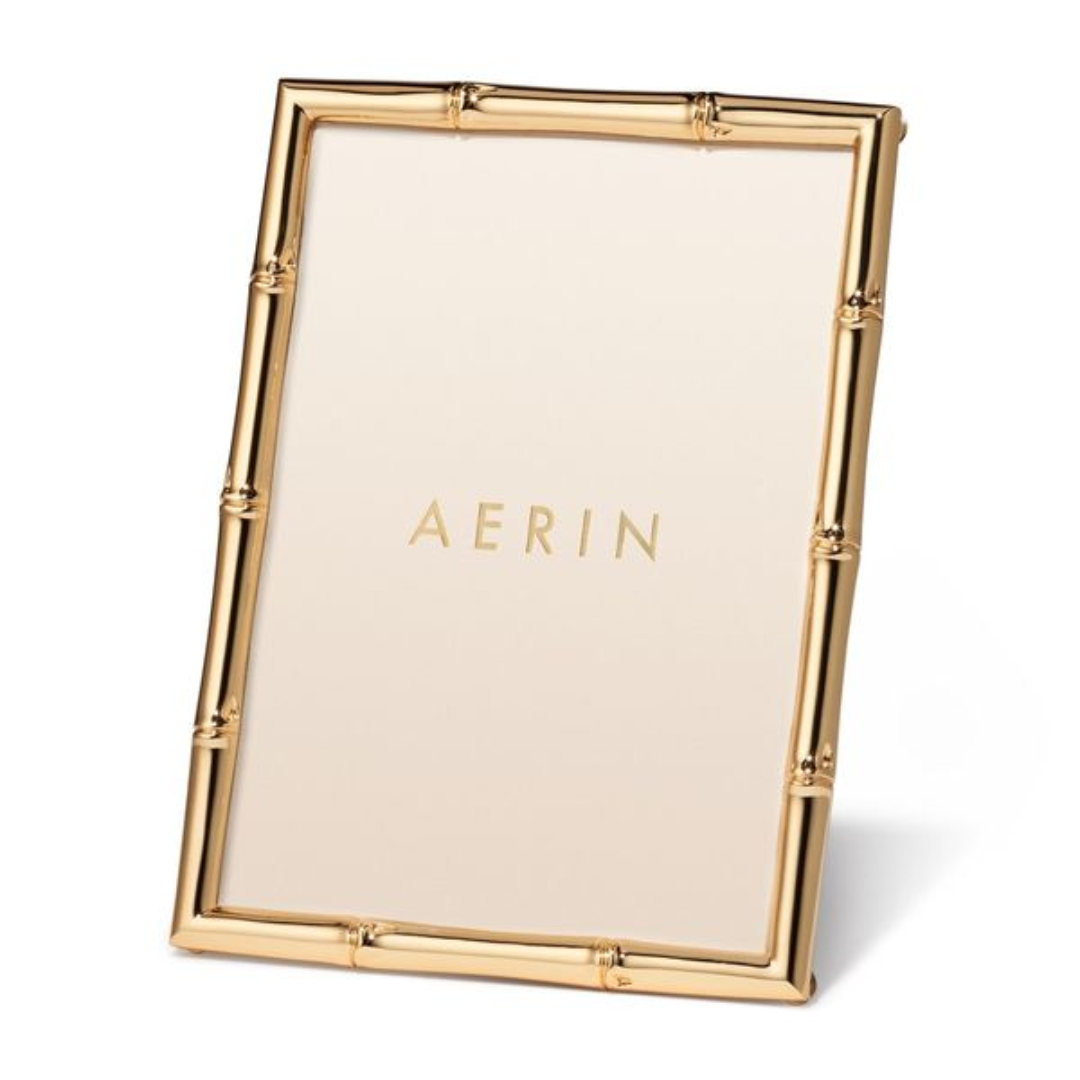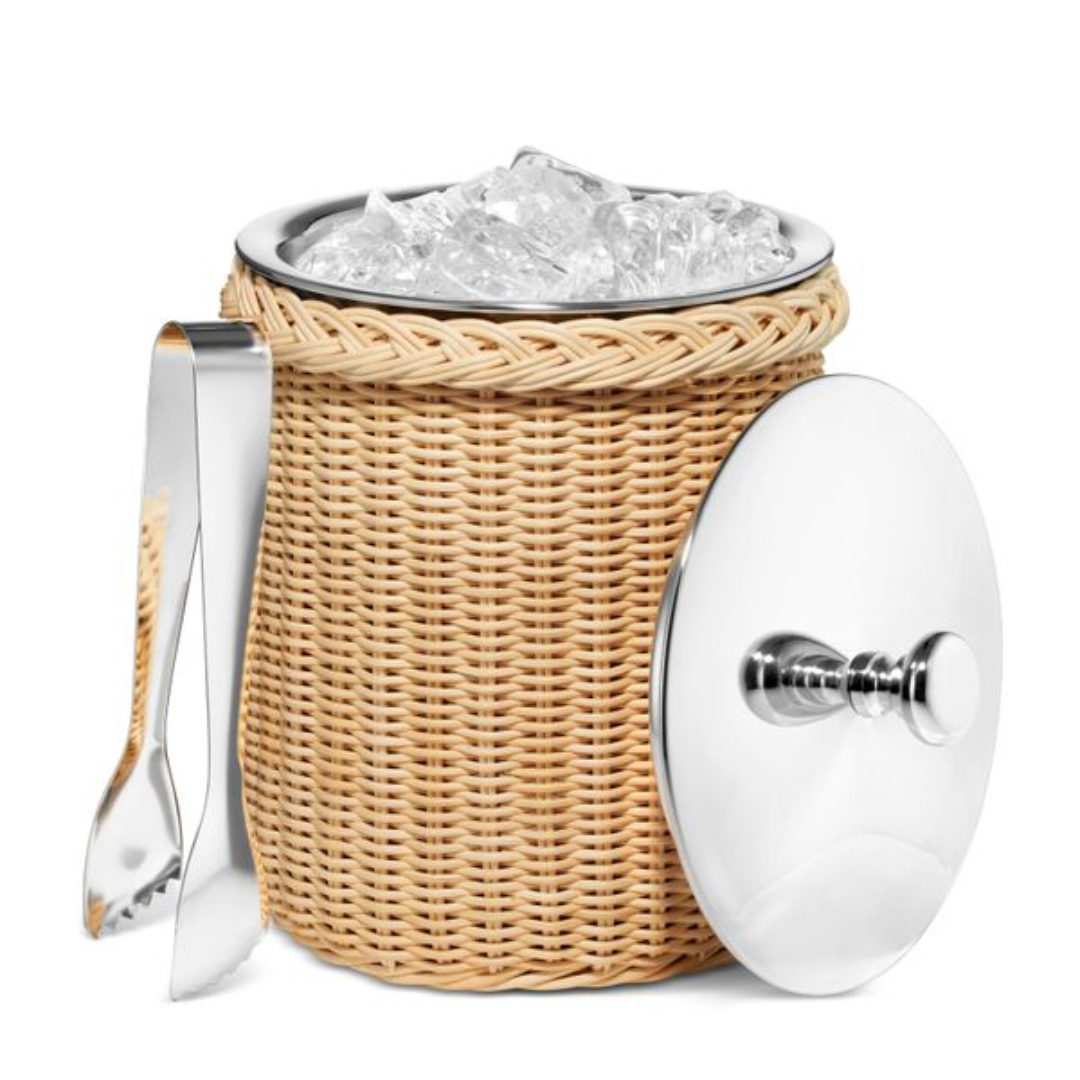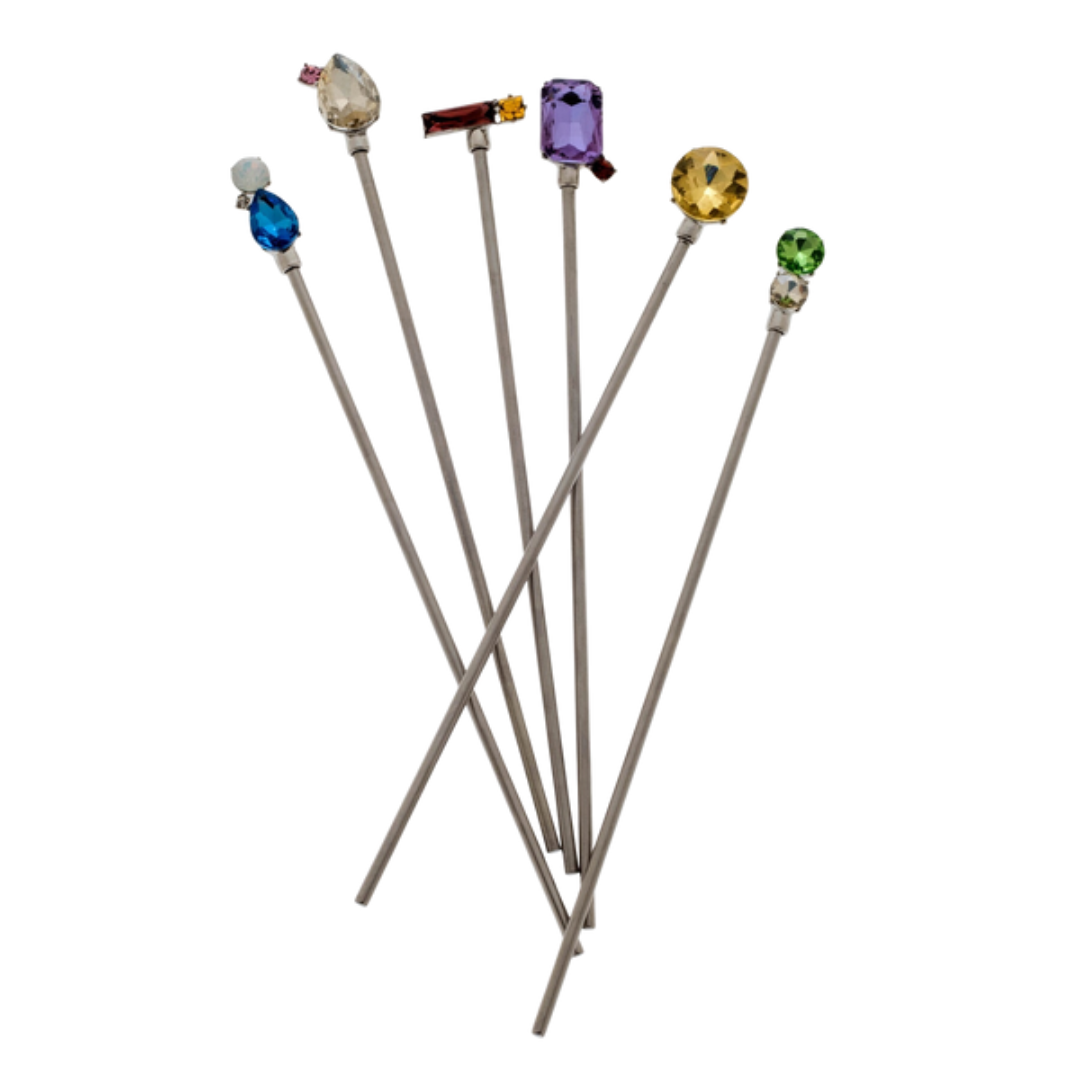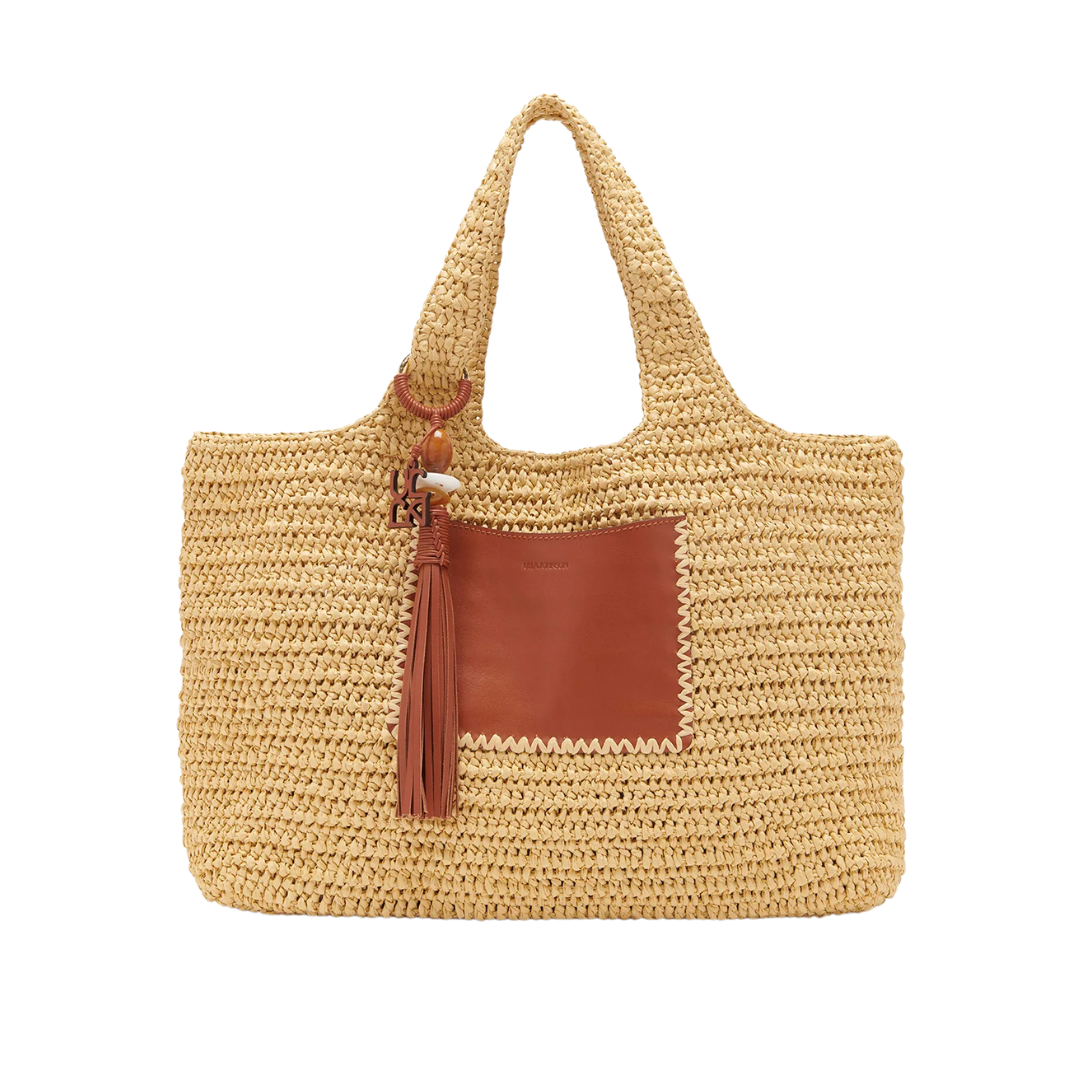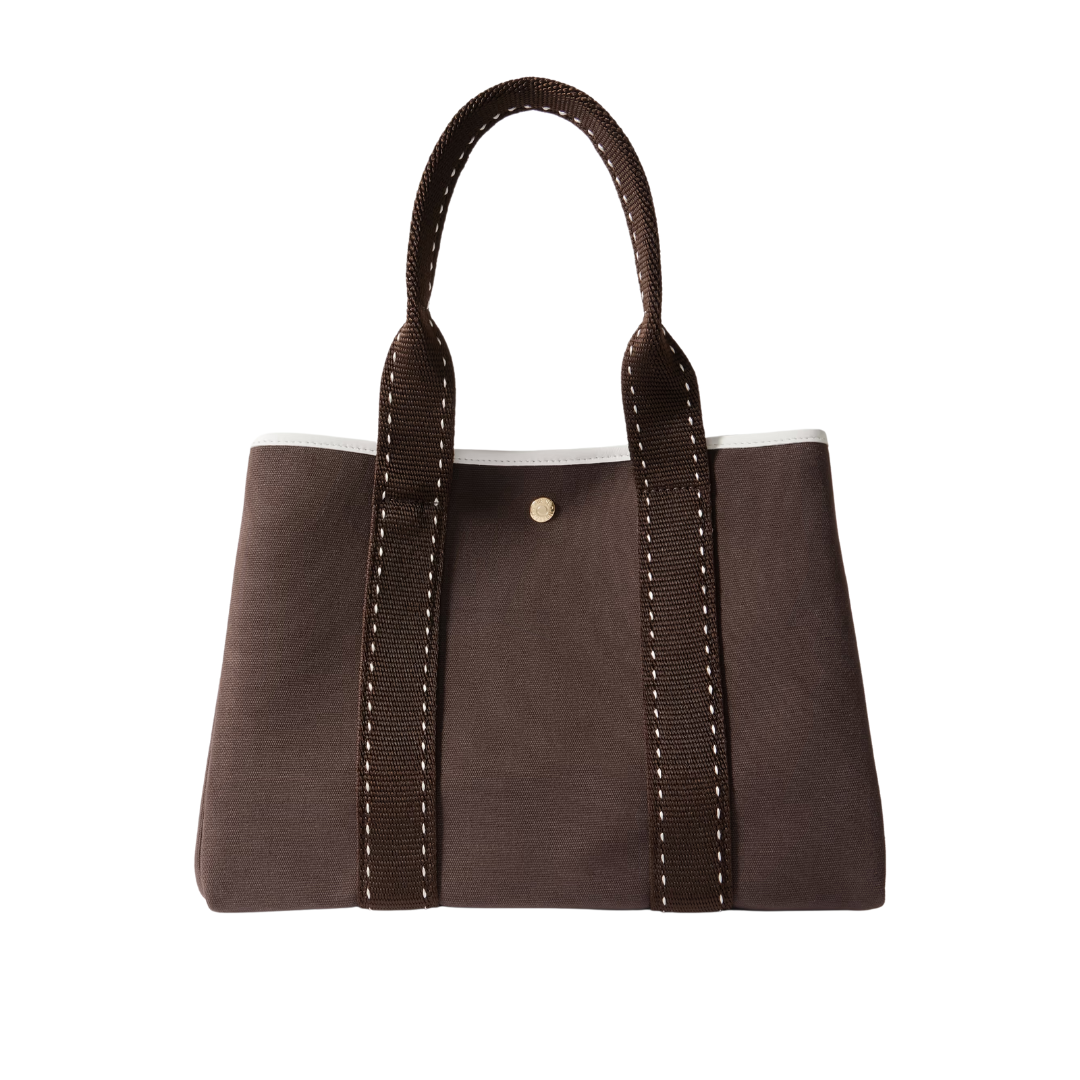MARVELOUS, MYTHIC MYSTIC
A Voyage Through Mystic’s Storied Past and Promising Future
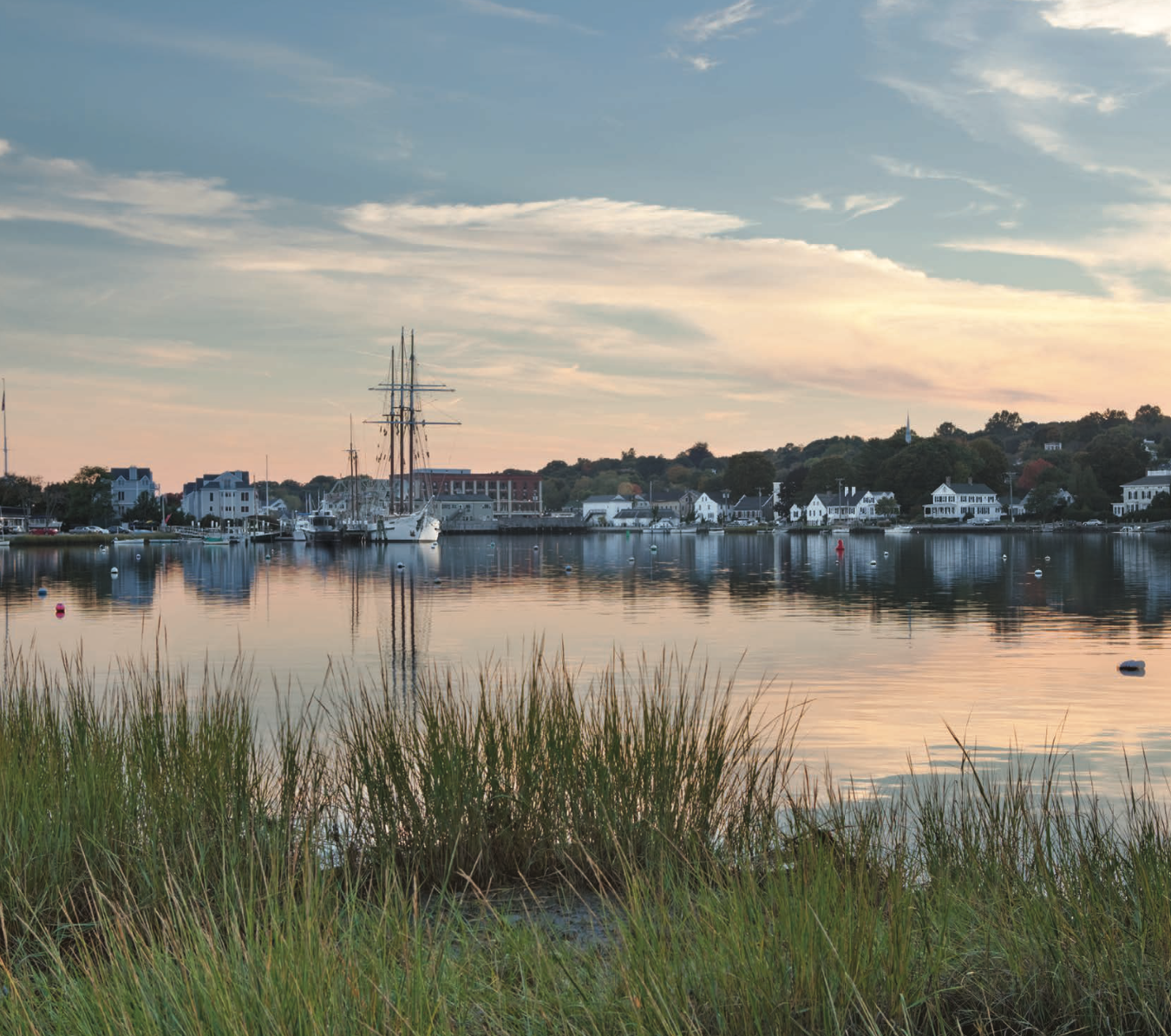
When Charles Mallory, founder and CEO of the Greenwich Hospitality Group that includes Connecticut’s Delamar Hotel Collection, opens the Delamar Mystic in 2025, he will return to a place that is rich in maritime history – both Connecticut’s and his own.
“My namesake Charles Mallory arrived in Mystic as a sailmaker’s apprentice in 1816,” he said. “My family has been deeply tied to the community and Connecticut's maritime heritage for over 200 years. My children represent the seventh generation of Mallorys in Connecticut.
“With my grandfather, great-uncle and father all having served as presidents of the Mystic Seaport Museum since its founding in 1929, this hotel and restaurant project on its campus is especially meaningful to me. I am excited to bring the Delamar brand as well as our exceptional food and beverage offerings to this special destination where we plan to create great memories and experiences for our guests and the local community.”
Added Mallory of what he described as “a natural fit”: “The waterfront location and views are unrepeatable in Connecticut, and it is a perfect bookend to Delamar Greenwich Harbor at the eastern corner of the state. Mystic is the tourism hub of Connecticut....”
Part of what makes it the tourism hub is a cultural and maritime history that long predates the Mallorys. It’s a story of conflict – among native peoples, between native peoples and colonists and between the colonies of Connecticut and Massachusetts Bay – that was the making of Mystic today.
The name “Mystic” comes from the Pequot “missi-tuk” for the large, tidal river that divides the village of Mystic between the towns of Groton and Stonington. Before the 17th century, the rising Pequot nation lived in this area in southeastern Connecticut, safe enough from the warring Iroquois to the northwest but not from the rival Narragansetts and Mohegans. They joined forces with disgruntled European settlers in the Pequot War (1636-38), a fight for control of the area and its fur trade that resulted in the destruction of the Pequot.
The subsequent Treaty of Hartford (1638), however, only led to further conflict between Connecticut and Massachusetts Bay over which colony had authority over the area. In the 1660s, Mystic became part of Connecticut permanently. By then, infrastructure, schools and houses of worship were developing.
But what would put the village on the map internationally was the shipbuilding trade that began in 1784. Over the next 135 years, some 600 ships would be built. Today the Mystic Seaport Museum – the largest such museum in the country – pays tribute to that maritime past with the recreation of a 19th-century seaport village and a collection of historic ships that includes the 1841 whaling vessel Charles W. Morgan.
Mystic has honored that history in ways that have contributed to an equally storied present. Think 24-hour marathon readings of “Moby Dick” to celebrate author Herman Melville’s Aug. 1 birthday that includes sleepovers on the Morgan.
Perhaps no event has married past and present more dramatically than the 1998-2000 recreation of the Amistad, a Cuban cargo schooner that became embroiled in an 1839 transatlantic incident in which its “cargo” – 53 kidnapped Africans bound for slavery – revolted, commandeering the ship in international waters. La Amistad was captured off Montauk Point, Long Island in New York, with the ship towed to New London, Connecticut, and the Africans jailed in New Haven, Connecticut, where they quickly became a cause célèbre among abolitionists. In a suit and countersuit that went all the way to the United States Supreme Court – where the Africans were represented in part by former President of the United States John Quincy Adams, then a congressman – the Africans emerged victorious.
We were privileged to witness the Amistad’s recreation and cherish as a paperweight a block of white pine – the same wood used to bring the ship to new life. Today, the New Haven-based Amistad America operates as a touring educational vessel.
It’s one more way in which Mystic has connected the past, present, and future.
For more, visit delamar.com and mysticseaport.org.





